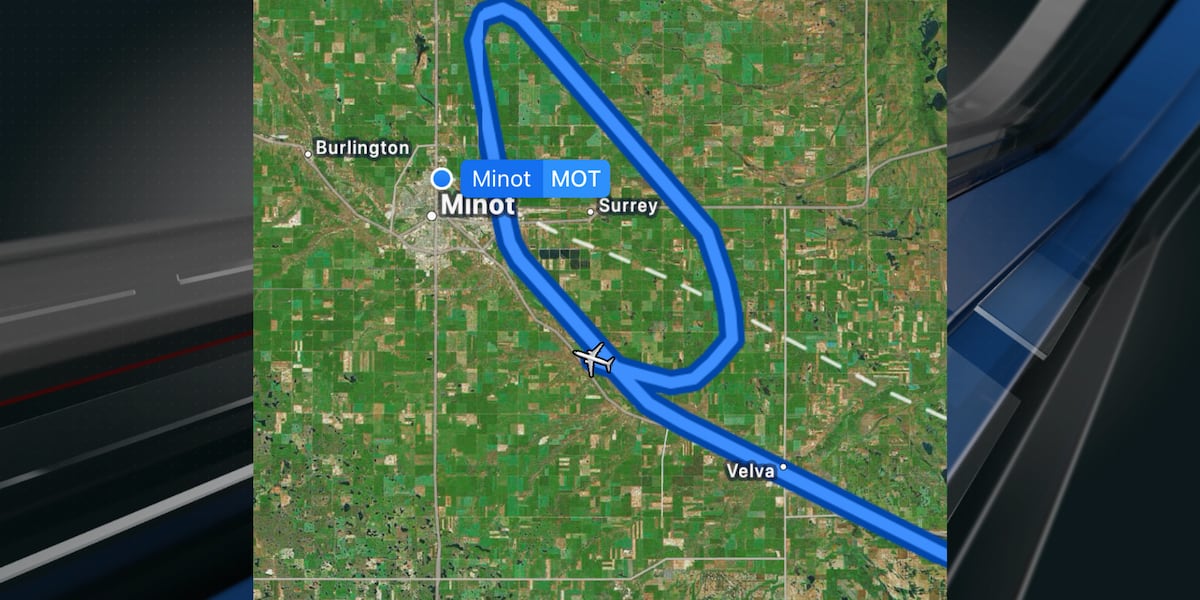T4K3.news
Southwest flight drops altitude to avoid collision
A Southwest Airlines flight descended nearly 500 feet to avoid a possible midair collision.

A Southwest Boeing 737 descended sharply to prevent a collision with another aircraft.
Southwest flight drops altitude to avoid midair collision
A Southwest Airlines flight, designated as Flight 1496, descended nearly 500 feet shortly after takeoff to avoid a potential midair collision. This incident occurred on Friday as the flight was traveling from Hollywood Burbank Airport to Las Vegas. The Federal Aviation Administration (FAA) reported that pilots received an alert about another aircraft nearby, prompting the abrupt altitude drop. Fortunately, no serious injuries were reported among the passengers, although a flight attendant received treatment for minor injuries. The flight continued and landed safely in Las Vegas. The FAA is currently investigating the matter, amid ongoing concerns regarding air traffic control staffing and safety protocols.
Key Takeaways
"The pilot said his collision warning went off and he needed to avoid the plane coming at us."
Jimmy Dore recounts the alarming moment during the flight, helping to underscore the incident's urgency.
"Safety critical positions have and will continue to be exempt from any hiring freezes."
FAAs assurance regarding safety roles amid staffing concerns reflects the need for trust in aviation oversight.
The emergency descent of Southwest Flight 1496 underscores ongoing challenges in aviation safety, particularly regarding air traffic control capabilities. The recent incident emphasizes the delicate balance between operational efficiency and passenger safety. As air travel continues to increase, the aviation industry must address staffing and technological needs for the FAA to avoid similar incidents in the future. The past collision involving a military helicopter and a regional jet only adds to the urgency of these reforms. With rising air traffic, timely measures are crucial to maintain safety standards and restore public confidence in the system.
Highlights
- Air travel safety relies on effective air traffic management.
- A sharp descent to avoid danger raises serious questions.
- Public confidence in aviation safety faces further tests.
- Emergency measures in flight highlight risks of air travel.
Concerns over aviation safety and air traffic control staffing
The incident raises alarms about the effectiveness of air traffic control due to a history of staff shortages. It highlights the potential risks involved in midair navigation, especially in light of past mismanagement by the FAA.
This incident adds to the growing discussion around air traffic control and passenger safety.
Enjoyed this? Let your friends know!
Related News
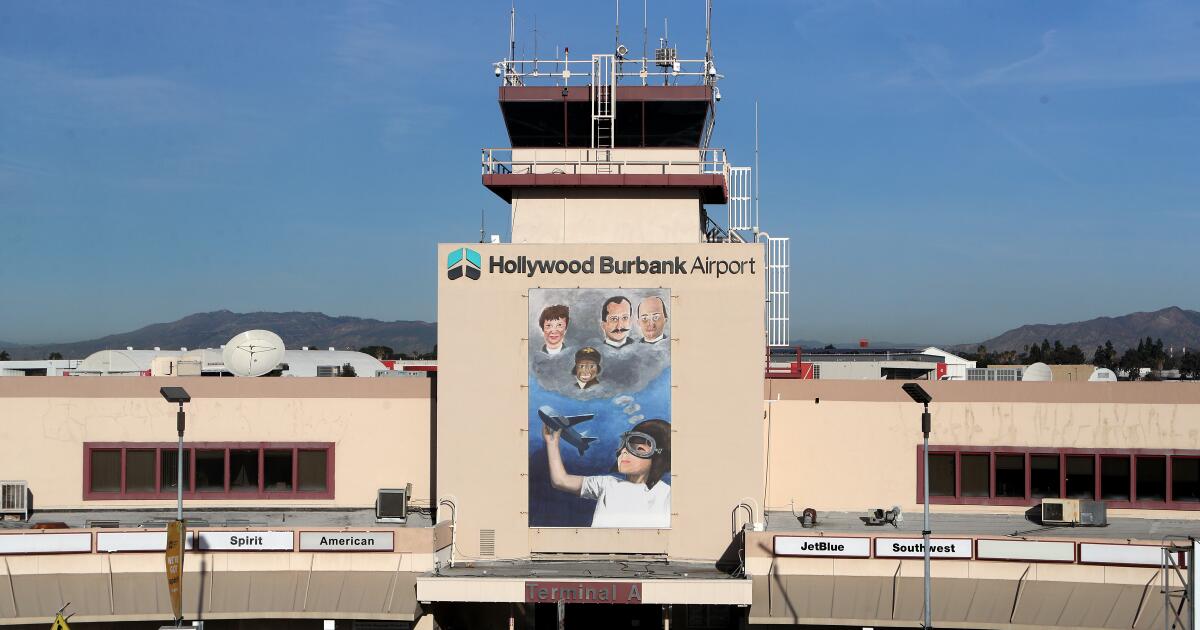
Southwest flight experiences sudden drop to avoid collision
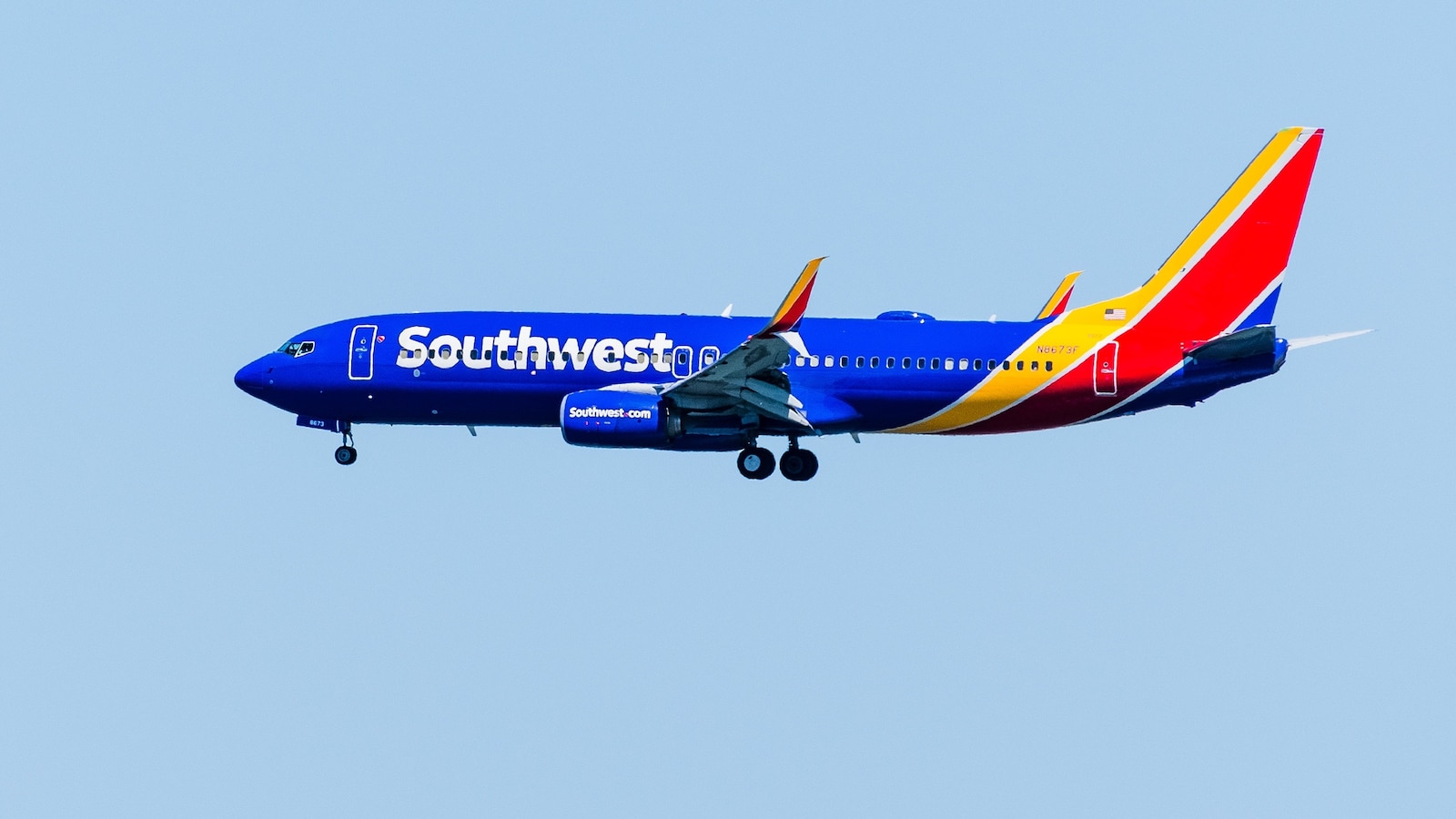
Southwest flight descends to avoid collision with aircraft

Southwest flight nearly collides with another aircraft

Southwest Airlines flight avoids midair collision
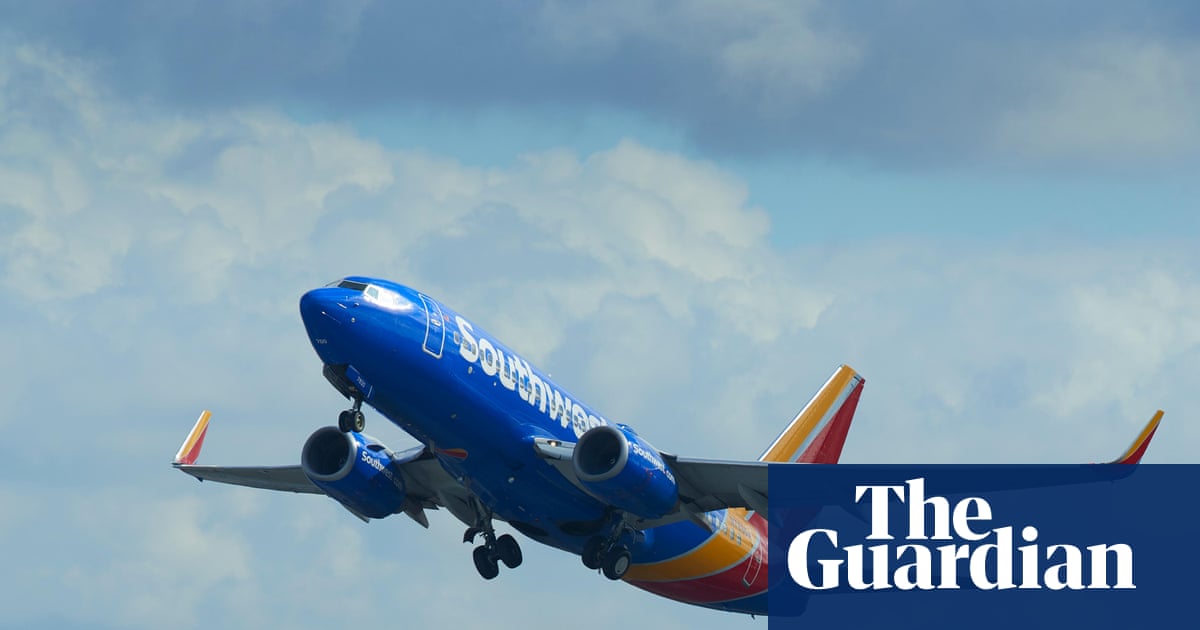
Southwest Airlines flight encounters severe turbulence
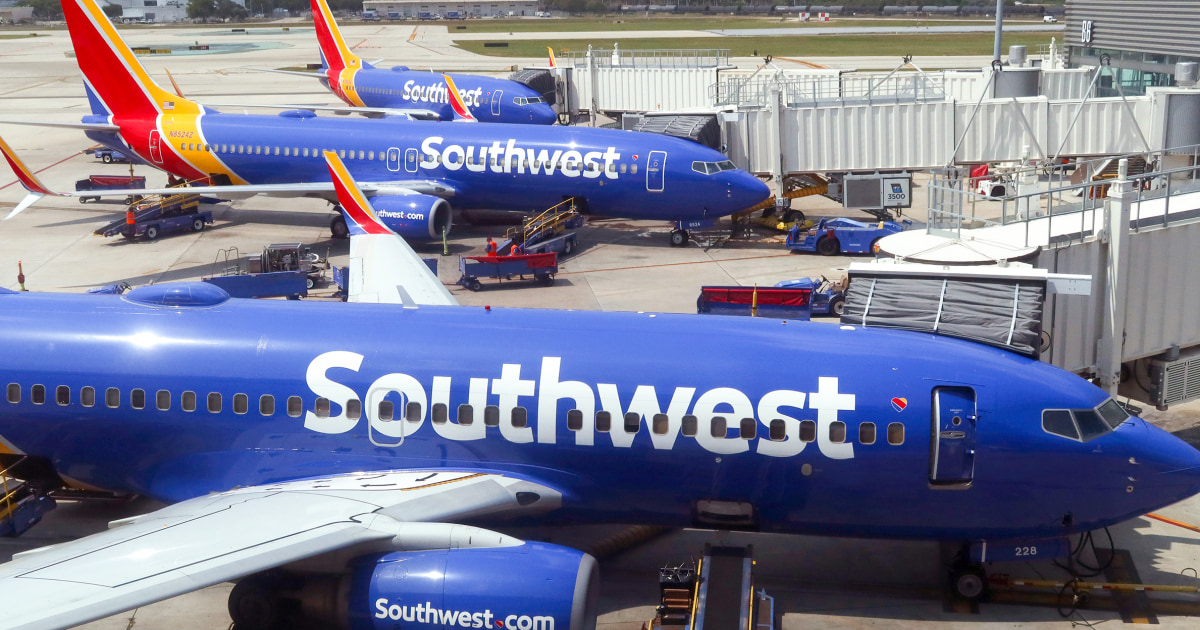
Southwest flight experiences emergency descent after alerts

SkyWest flight nearly collides with B-52 in Minot
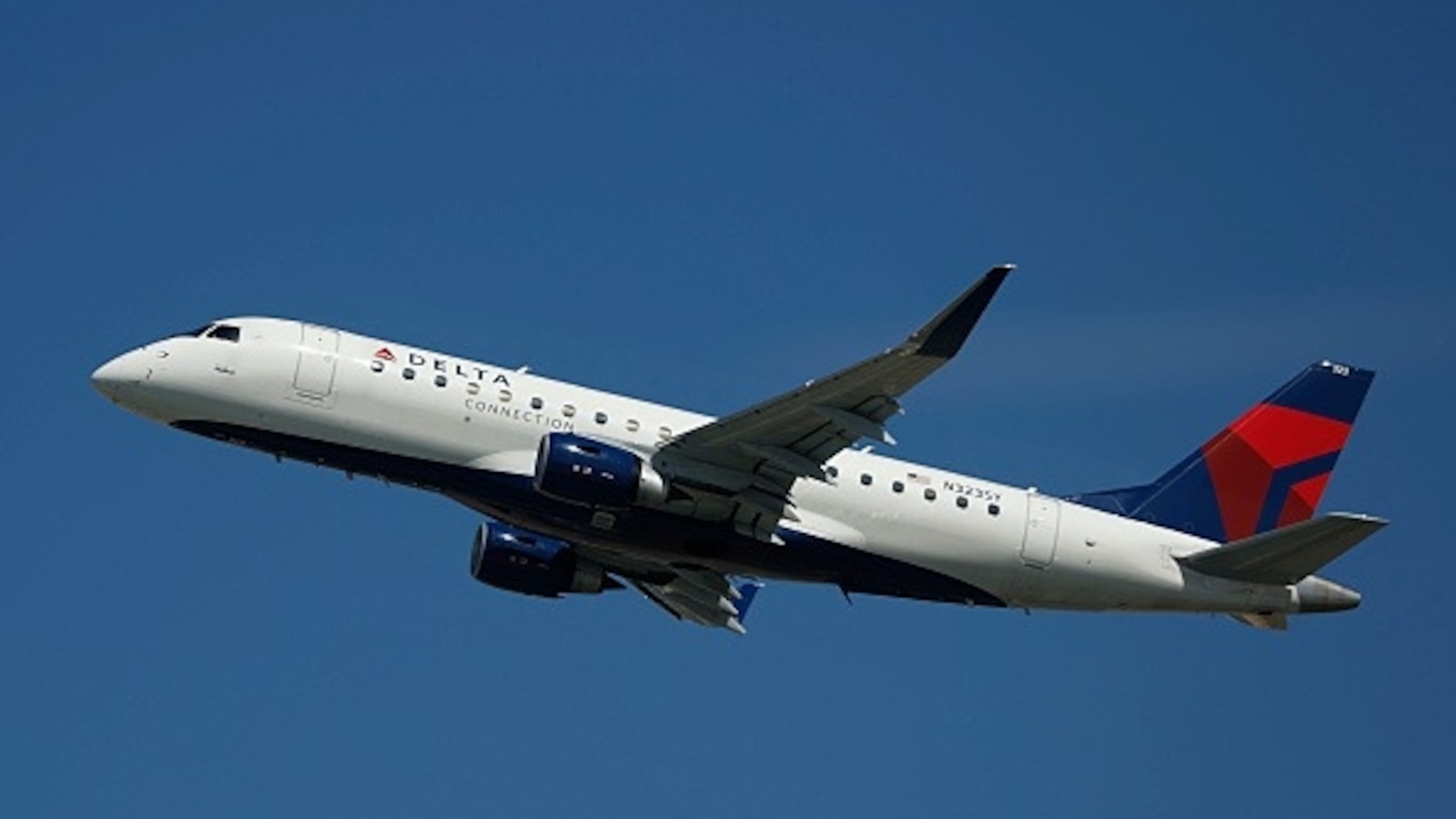
Delta regional jet avoids collision with B-52 bomber
